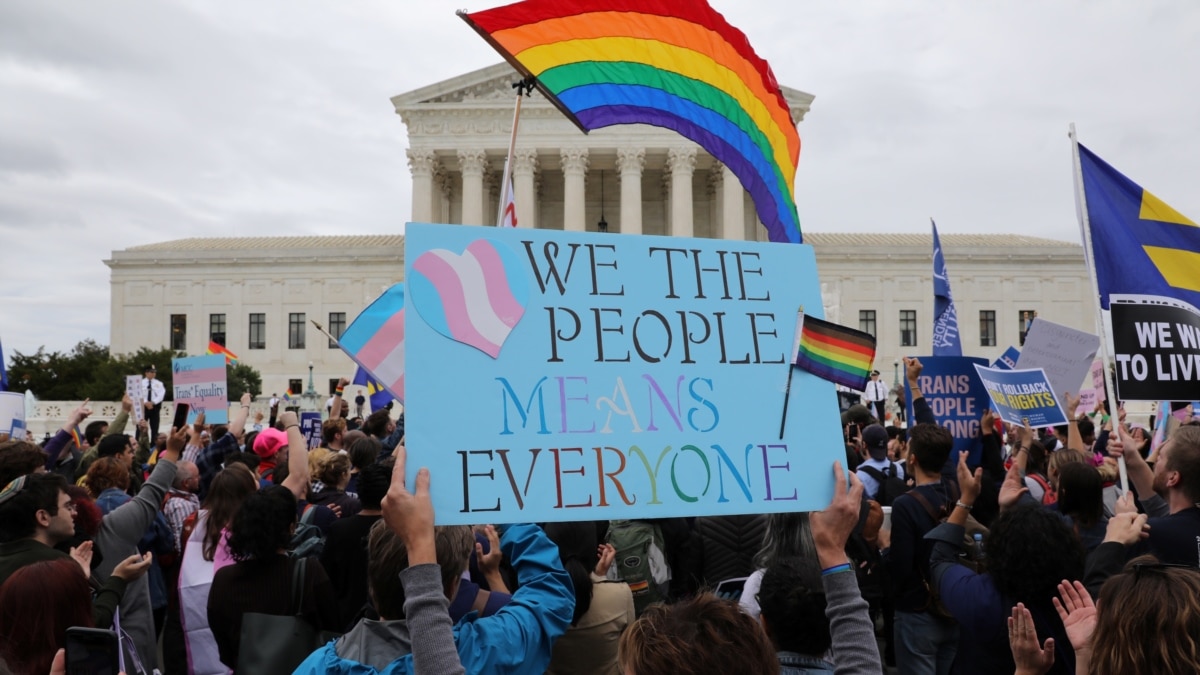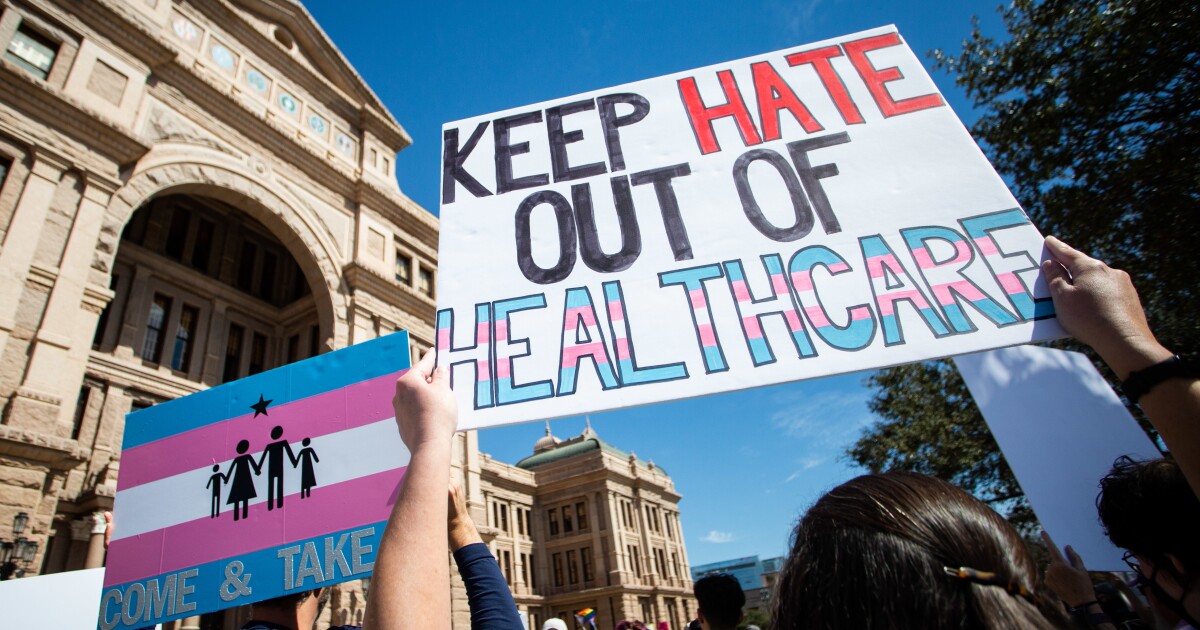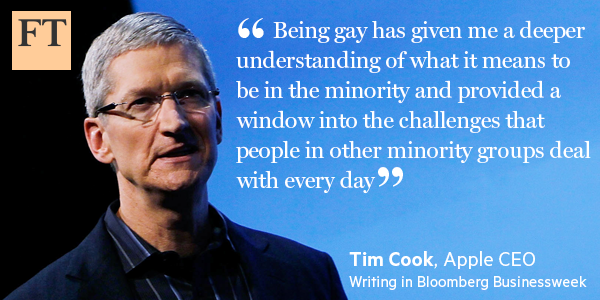/het-uh-roh-nawr-muh-tiv-i-tee/
noun
Heteronormativity is a concept that refers to the presumption that heterosexual and cisgender norms are the standard for human relationships and identities. It is the societal expectation that individuals should conform to traditional notions of gender and sexuality, where heterosexual relationships and cisgender identities are considered to be the standard. This concept highlights the systemic biases and neglect that arise as a result of these norms and highlights the need for increased awareness and inclusivity to create an environment where everyone feels accepted.
History and Background

In his 1991 book, "Fear of a Queer Planet: Queer Politics and Social Theory.", a well-known social theorist and professor at Yale University, Michael Warner, coined and popularized the term “heteronormativity”. Heteronormativity originates from the Greek word hetero, meaning "other," and "normativity," signifying the establishment of norms. Heteronormativity refers to the societal construct that most people are assumed to be heterosexual and cisgender unless explicitly stated otherwise. Heternormativy calls out the idea that the standard and default way of life is heterosexual and cisgender. The term is often used by LGBTQ+ advocacy groups, scholars, queer theorists, and LGBTQ+ activists. The term’s growing popularity over the years has allowed for an increased awareness of heteronormative structures. The term encourages conversations about equality, diversity, and privilege, and has fueled discussions calling for policy change and the support of LGBTQ+ rights. Homonormativity is the idea that certain parts of LGBTQ+ lifestyles are becoming more accepted as some members of the marginalized community attempt to assimilate into a more hetero-accepting culture. Homonormativity has led to things like the legalization of same-sex marriage but is often criticized because it reinforces conventional, heteronormative norms. Some argue that homonormativity does not account for the different, diverse groups of people within the LGBTQ+ community, and it excludes those who simply do not want to act in a “traditional” sense. Understanding and challenging heteronormativity is crucial for creating a society that encourages all individuals to be comfortable with their gender and sexual identities and expression.
“It does not seem possible to think of oneself as normal without thinking that some other kind of person is pathological.”
~Micheal Warner
–
Heteronormativity in Action

Heternormativity’s influence has greatly shaped the medical field around the globe, creating challenges for those in the LGBTQ+ community seeking medical attention. This assumption that all patients are inherently heterosexual or cisgender can lead to improper or inadequate care of LGBTQ+ individuals. This coupled with the unique needs of LGBTQ+ people, such as gender-affirming care, can lead to health disparities in already marginalized individuals. Additionally, heteronormative biases often result in insurance plans inadequately covering LGTBQ+ specific needs. In order to ensure that everyone has equal access to healthcare, it is imperative to reevaluate heteronormativity’s influence on medical systems.

Heternormativity has had a profound impact on mainstream media such as movies, television, and advertising. For most of entertainment history, media has created, adopted, and perpetuated heteronormative stereotypes and culture. This has further set heterosexual relationships and cisgender identities as the norm. This has resulted in limited, stereotypical, or invisible representations of LGBTQ+ individuals and their experiences. Such underrepresentation can have real-world consequences, as it perpetuates feelings of isolation and stigmatization among LGBTQ+ viewers. Although LGBTQ+ representation in the media has increased vastly over the past decade, there is still a need for more diverse, authentic, and stereotype-free portrayals of the community in media.
From a young age, children are exposed to gendered expectations that reinforce the idea of heterosexual norms. For instance, young boys are expected and encouraged to play with trucks and get involved in sports, whereas girls are presented with baby dolls to take care of, and Barbie dolls to befriend. These small distinctions, while seemingly impactless, play a strong role in reinforcing gender roles from early childhood. The impact of such early gender stereotyping can be massive, creating a culture where diversity in gender expression and relationships is marginalized and stigmatized, hindering the development of a more inclusive and accepting society.
Impacts of Heternormativity
Heternormative culture has fostered an environment where LGBTQ+ individuals are discriminated against. Oftentimes, laws and policies assume a heterosexual norm, offering little to no consideration of LGBTQ+ individuals. This assumed norm has led to unequal treatment in areas like adoption, employment, and marriage rights. These complications directly affect the quality of life of LGBTQ citizens and have further perpetuated the inequality that LGBTQ+ citizens face.

Heteronomrativity has also greatly influenced the leadership roles of corporate America, leading to a lack of representation of LGBTQ+ individuals in high-ranking positions. By asserting cisgender and heterosexuals as the standard, LGBTQ+ individuals may face barriers to promotions, visibility, and career advancement. This exacerbates the issue further as it can restrict the diverse perspectives and voices necessary for shaping policies that are LGBTQ+-inclusive. Additionally, this lack of representation may signal to LGBTQ+ employees that they are not fully embraced or valued in their workplace, leading to feelings of invisibility and marginalization.
Heternormativity has many negative impacts on LGTBQ+ youth, especially mental health. The National Survey on LGBTQ Youth Mental Health, consistently shows that LGBTQ+ youth struggle much more with mental health compared to cisgender, heterosexual youth. The survey uncovered that 41% of LGBTQ+ youth seriously considered suicide in the past year. The survey claims “LGBTQ young people are not inherently prone to suicide risk because of their sexual orientation or gender identity but rather placed at higher risk because of how they are mistreated and stigmatized in society.” This highlights the direct effects of heteronormativity on LGBTQ+ youth.
Sources:
Cai, W., Usai, R., & Wassler, P. “A Queer Perspective on Heteronormativity for LGBT Travelers.” Journal of Travel Research, 2020. https://doi.org/10.1177/0047287520967763.
Cochrane, K. “What does heteronormative mean? Plus, 8 heteronormativity examples to know.” Teen Vogue, 18 November 2022. https://www.teenvogue.com/story/heteronormativity-gender-identity-sexual-orientation.
Goldberg, A., editor. The SAGE Encyclopedia of LGBTQ Studies. 2016. SAGE Publications, Inc. https://doi.org/10.4135/9781483371283.
Robinson, B. “The Wiley Blackwell Encyclopedia of Gender and Sexuality Studies.” Edited by A. Wong, M. Wickramasinghe, R. Hoogland, and N.A. Naples. https://doi.org/10.1002/9781118663219.wbegss013.
The Trevor Project. “2023 U.S. national survey on the mental health of LGBTQ young people.” 2023. https://www.thetrevorproject.org/survey-2023/
Van der Toorn, J., Pliskin, R., & Morgenroth, T. “Not quite over the rainbow: The unrelenting and insidious nature of heteronormative ideology.” Current Opinion in Behavioral Sciences, vol. 34, 2020, pp. 160-165. https://doi.org/10.1016/j.cobeha.2020.03.001.

